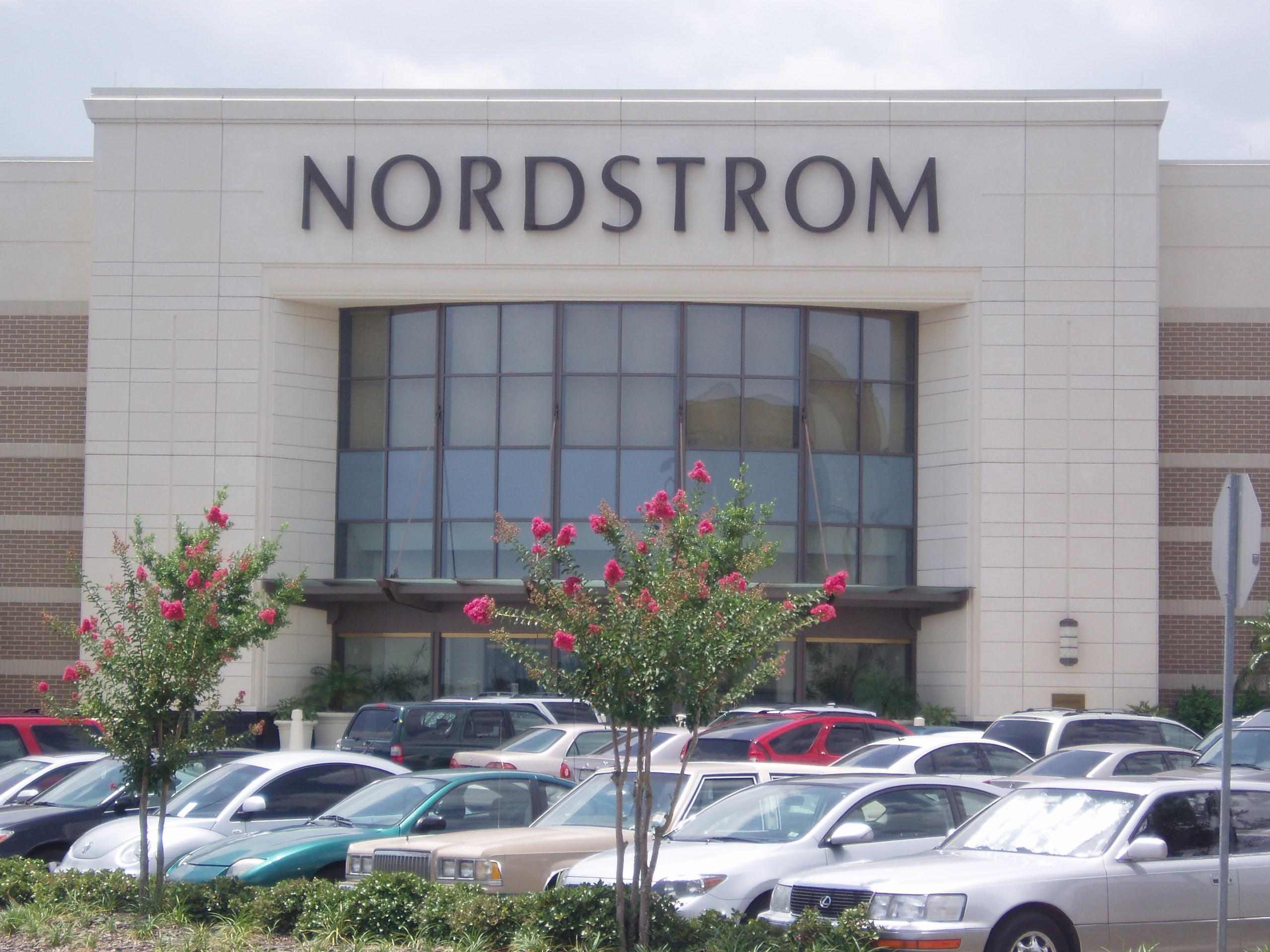This is “Building a Customer Service Culture: The Case of Nordstrom”, section 15.1 from the book An Introduction to Organizational Behavior (v. 1.1). For details on it (including licensing), click here.
For more information on the source of this book, or why it is available for free, please see the project's home page. You can browse or download additional books there. To download a .zip file containing this book to use offline, simply click here.
15.1 Building a Customer Service Culture: The Case of Nordstrom
Nordstrom Inc. (NYSE: JWN) is a Seattle-based department store rivaling the likes of Saks Fifth Avenue, Neiman Marcus, and Bloomingdale’s. Nordstrom is a Hall of Fame member of Fortune magazine’s “100 Best Companies to Work For” list, including being ranked 34th in 2008. Nordstrom is known for its quality apparel, upscale environment, and generous employee rewards. However, what Nordstrom is most famous for is its delivery of customer service above and beyond the norms of the retail industry. Stories about Nordstrom service abound. For example, according to one story the company confirms, in 1975 Nordstrom moved into a new location that had formerly been a tire store. A customer brought a set of tires into the store to return them. Without a word about the mix-up, the tires were accepted, and the customer was fully refunded the purchase price. In a different story, a customer tried on several pairs of shoes but failed to find the right combination of size and color. As she was about to leave, the clerk called other Nordstrom stores but could only locate the right pair at Macy’s, a nearby competitor. The clerk had Macy’s ship the shoes to the customer’s home at Nordstrom’s expense. In a third story, a customer describes wandering into a Portland, Oregon, Nordstrom looking for an Armani tuxedo for his daughter’s wedding. The sales associate took his measurements just in case one was found. The next day, the customer got a phone call, informing him that the tux was available. When pressed, she revealed that using her connections she found one in New York, had it put on a truck destined to Chicago, and dispatched someone to meet the truck in Chicago at a rest stop. The next day she shipped the tux to the customer’s address, and the customer found that the tux had already been altered for his measurements and was ready to wear. What is even more impressive about this story is that Nordstrom does not sell Armani tuxedos.
How does Nordstrom persist in creating these stories? If you guessed that they have a large number of rules and regulations designed to emphasize quality in customer service, you’d be wrong. In fact, the company gives employees a 5½-inch by 7½-inch card as the employee handbook. On one side of the card, the company welcomes employees to Nordstrom and states that their number one goal is to provide outstanding customer service, and for this they have only one rule. On the other side of the card, the single rule is stated: “Use good judgment in all situations.” By leaving it in the hands of Nordstrom associates, the company seems to have empowered employees who deliver customer service heroics every day.
Case written by Berrin Erdogan and Talya Bauer to accompany Bauer, T., & Erdogan, B. (2009). Organizational behavior (1st ed.). New York: Flat World Knowledge. Based on information from Chatman, J. A., & Eunyoung Cha, S. (2003). Leading by leveraging culture. California Management Review, 45, 19–34; McCarthy, P. D., & Spector, R. (2005). The Nordstrom way to customer service excellence: A handbook for implementing great service in your organization. Hoboken, NJ: John Wiley; Pfeffer, J. (2005). Producing sustainable competitive advantage through the effective management of people. Academy of Management Executive, 19, 95–106.
Discussion Questions
- Describe Nordstrom’s organizational culture.
- Despite the low wages and long hours that are typical of retail employment, Nordstrom still has the ability to motivate its staff to exhibit exemplary customer service. How might this be explained?
- What suggestions would you give Nordstrom for maintaining and evolving the organizational culture that has contributed to its success?
- What type of organizational culture do you view as most important?
- What attributes of Nordstrom’s culture do you find most appealing?





